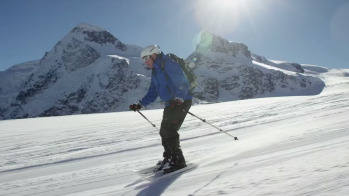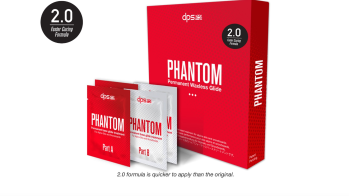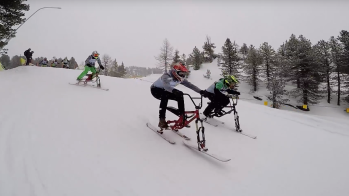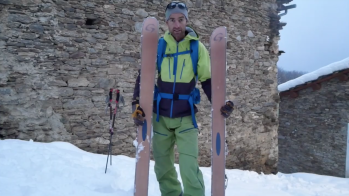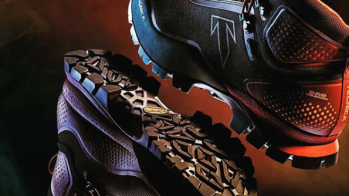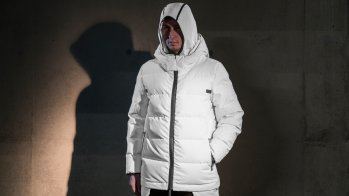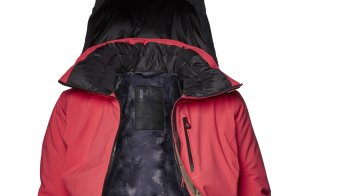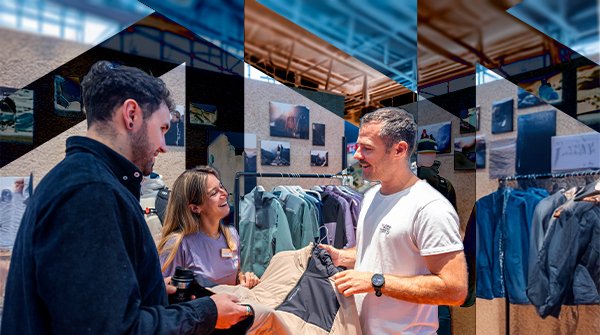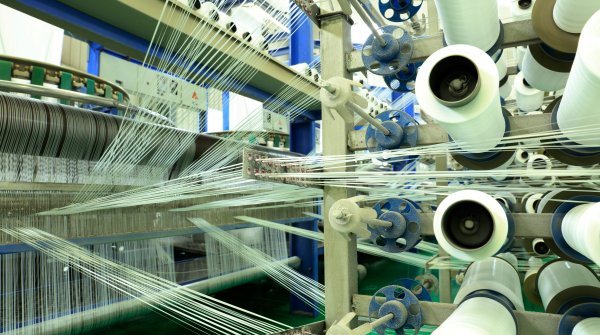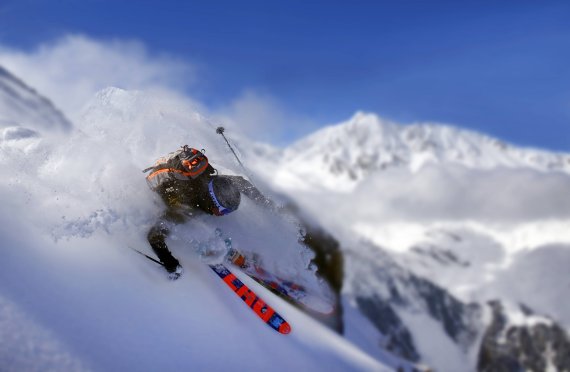
A few years ago the ski manufactory "Build 2 Ride" from Axel Forelle was still tiredly smiled at by industry giants. They said, "Forget it, you're going down again anyway. In the meantime, we have reached figures that interest them. We are growing at double-digit rates every year with the production of individual skis - sometimes 25 percent, sometimes less," reports the managing director of the Farchant-based company in an interview with ISPO.com.
His provocative thesis: Companies like his, which offer individualized products to customers, will no longer be a niche phenomenon in the future, but will help to determine the future of the ski industry. Custom Made will be one of the key factors for success in the future.
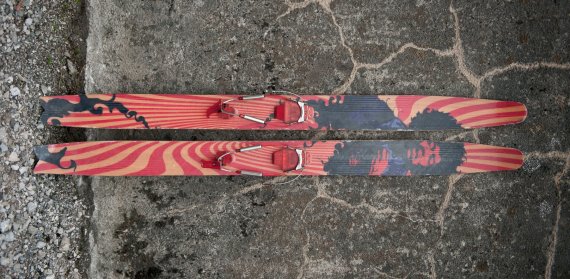
The Salzburgers of ORIGINAL+ also rely on individualisation. Their ski models for piste or all-mountain skiers can be configured using their own software based on artificial intelligence. By interpreting biometric data and additional information such as driving style and terrain preferences, the software calculates a functionally adapted ski.
The customer receives an individual pair of skis with individual longitudinal flex, torsion flex and tuning. This also convinced the jury of the ISPO Award 2018 - where ORIGINAL+ was awarded Gold Winner for its individual skis.
In fact, the topic of individualization has of course reached the major brands as well. Many ski boots - like the vacuum model from Fischer - can already be specially adapted to the customer's foot in store. This is also possible via the boot-fitting system "MyFit" from Dalbello.
The Dalbello-/Marker-/Völkl-Group is according to Jonathan Wiant, Head of Sales, Marketing and Product Development, focusing on "the strong differentiation of the individual segments and the large variety of products in order to find the optimal solution for each individual athlete".
The Winter Sports Trends 2018/2019 in Pictures
Fischer, for example, offers the possibility of adding an individual imprint to the skis after purchase. "No question about it, individualization is coming and becoming more and more important. The ski industry has to rethink," says Christian Heise, Boots Product Manager at Fischer. The company's research and development department has long been working on how the large brand can also efficiently produce smaller quantities of products.
"But before individualization comes simplification. In recent years we have always been in search for new stories for skis and boots, many customers no longer know what to do. We need to arrange the portfolio clearer," says Heise.
That's exactly what Axel Forelle's observation is about. The multitude of products available on the market confuses many end customers, who in an increasingly fast-moving time no longer have the patience for the more and more elaborate research. "The conventional ski is in principle fully developed," says Forelle: "Most customers today simply want a well-functioning ski that matches the terrain they are out and about: For example on the slopes, in deep snow or on ski tours. And an individual design to go with it."
The times when you wanted to stand out with your boards at any price are over. Theoretically everything is still possible - Forelle's company has already built skis with snake skin, solar panels, spoilers or for 6500 Euro also some with the image of a work of art.
But for most skiers it's all about a harmonious appearance. "For example, the colors of the binding should match the helmet, the colors of the side edges the ski suit. It's about being a total work of art on the slopes, so to speak." Wood veneers are especially popular for ski design. Family photos or company logos on the ski, on the other hand, are becoming rarer.
Every year about 500 people build their skis in special courses in the company's own workshop, but a configurator can also be used to easily assemble and build the desired model. The average price for the individual ski is about 1000 Euro.
The comparatively high price is exactly why individualized products are currently still a niche phenomenon. "At the moment, this is still something for the premium segment. A 3D-printed ski boot with an inner shoe also costs about 1200 Euro. It will take some time before something like this becomes more affordable," says Heise.
"For alpine skiing there are already a few small providers, but for the big producers it is difficult to implement this in the production processes designed for large quantities," explains Katharina Sandner, Communications Manager for ski bindings at Tyrolia.
According to Dynafit Managing Director Benedikt Böhm, the decisive factor in the end is the additional value for the customer: "With such mega trends as individualization, you also have to be careful. We have to think very carefully about whether it really benefits the consumer." When it comes to more individual products, cooperation in the ski industry can also help: Dynafit, for example, has its high-end "Carbonio touring shoe" manufactured by the ski mountaineering experts Pierre Gignoux.
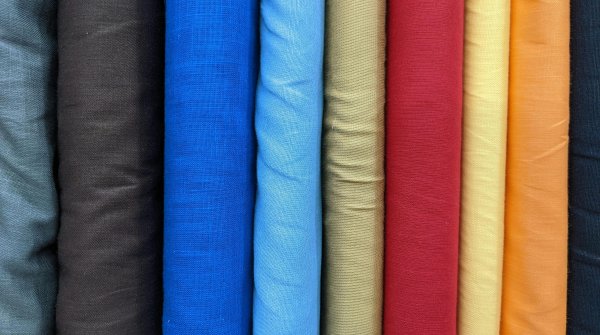 ISPO TextrendsISPO Textrends Whitepaper 2027/28
ISPO TextrendsISPO Textrends Whitepaper 2027/28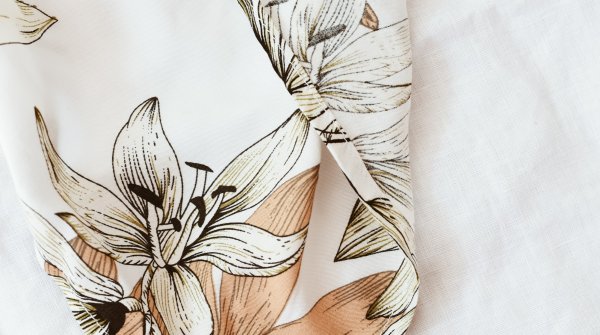
- ISPO awards
- Mountain sports
- Bike
- Design
- Retail
- Fitness
- Health
- ISPO Job Market
- ISPO Munich
- ISPO Shanghai
- Running
- Brands
- Sustainability
- Olympia
- OutDoor
- Promotion
- Sports Business
- ISPO Textrends
- Triathlon
- Water sports
- Winter sports
- eSports
- SportsTech
- OutDoor by ISPO
- Heroes
- Transformation
- Sport Fashion
- Urban Culture
- Challenges of a CEO
- Trade fairs
- Sports
- Find the Balance
- Product reviews
- Newsletter Exclusive Area
- Magazine
